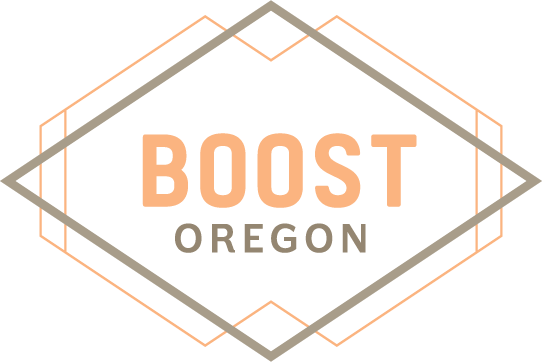The Safety of Vaccine Ingredients: Part Three (Formaldehyde & Other Ingredients)
Today’s blog post is part three in a three-part series on the ingredients in vaccines. (See part one: Aluminum in Vaccines and part two: Mercury in Vaccines.)
Now, let’s look at some of the other ingredients you may hear mentioned — formaldehyde, egg, antibiotics, and gelatin — and what purpose they serve.
Formaldehyde in vaccines
Formaldehyde is present in very small amounts in vaccines, and serves to inactivate viruses and detoxify bacterial toxins.
In such small amounts, formaldehyde doesn’t pose a health risk since our bodies are capable of easily processing it.
It may be surprising to learn that formaldehyde is produced naturally by our bodies as part of normal bodily functions like making amino acids and producing energy. And the amount of formaldehyde in vaccines is substantially less than the amount that is found naturally in our bodies.
The cases you’re likely to hear about where formaldehyde poses a potential risk to a person’s health have to do with excessive exposure via inhalation, such as being exposed to formaldehyde on a daily basis at a job site (construction site, laboratory, funeral home, etc).
So you can breathe easy knowing that small, safe amounts of formaldehyde are present in vaccines. (For more research, go here.)
Other ingredients in vaccines
What about eggs, antibiotics, gelatin, and yeast?
It’s important to remember that each ingredient serves a purpose and is tested for safety, and that the quantities of the ingredients are incredibly minimal.
Egg
Egg proteins are present in the flu shot, MMR vaccine (measles-mumps-rubella), and yellow fever vaccine.
In most cases, the MMR vaccine is safe for children with an egg allergy and won’t cause a reaction. (If your child is allergic to eggs, do check with your doctor. She may want to perform a test to see whether a reaction is likely or not.)
Antibiotics
Some vaccines contain trace amounts of antibiotics that help to prevent bacterial contamination when the vaccines are made.
Parents may wonder if the antibiotics included could cause an allergic reaction, but the quantities are so low that no study has linked the presence of antibiotics to an allergic reaction.
Gelatin
Gelatin is included in some vaccines as a stabilizer to protect the vaccine from freeze-drying or heating.
Gelatin is perfectly safe for the vast majority of people, but a child who has an allergy to foods containing gelatin may have an allergic reaction to vaccines containing gelatin, so it’s worth talking to your doctor if you have a history of gelatin allergies in your family or if you child has ever had an allergic reaction to a food like Jell-o, for example.
Stay informed
We hope our blog series has put you at ease when it comes to vaccine ingredients, and that you feel armed with information to continue the conversation with your doctor.
You can also find out more about the ingredients in vaccines at CHOP’s Vaccine Education Center.
Learn more
Read up on Aluminum in Vaccines and Mercury in Vaccines.
Attend one of our Community Workshops, led by a board-certified pediatrician, to ask questions in a relaxed environment.
Visit publichealth.org for a list of common vaccine myths that have been debunked by science.
